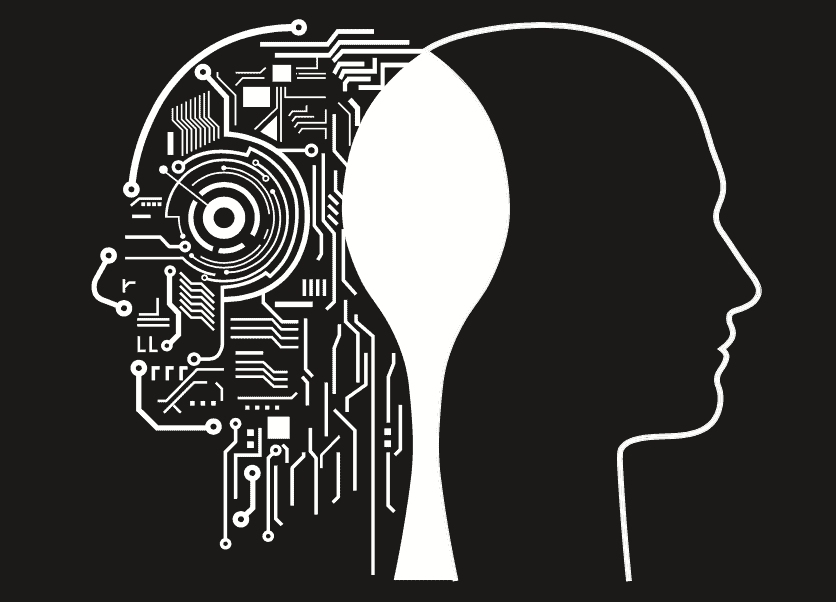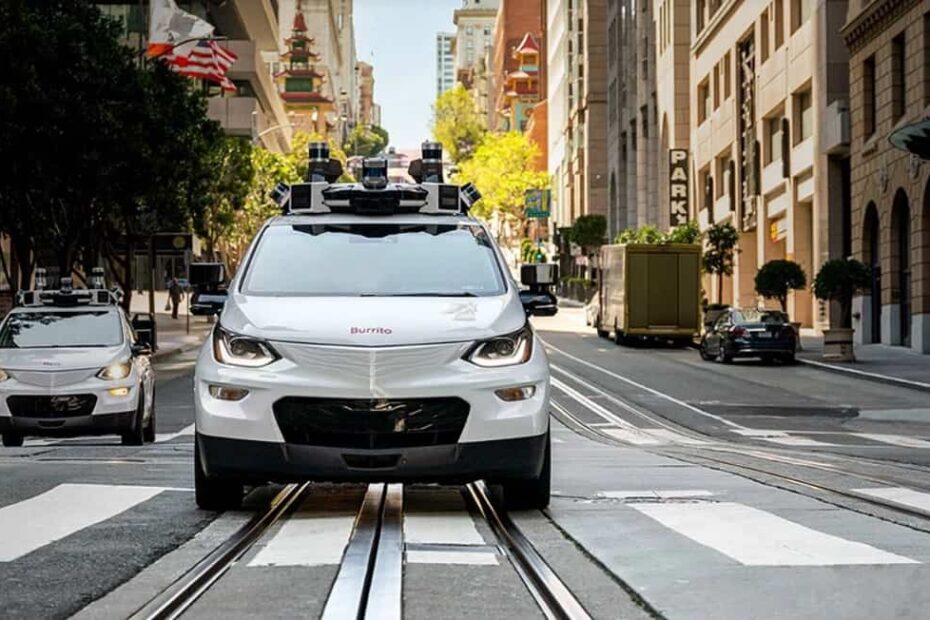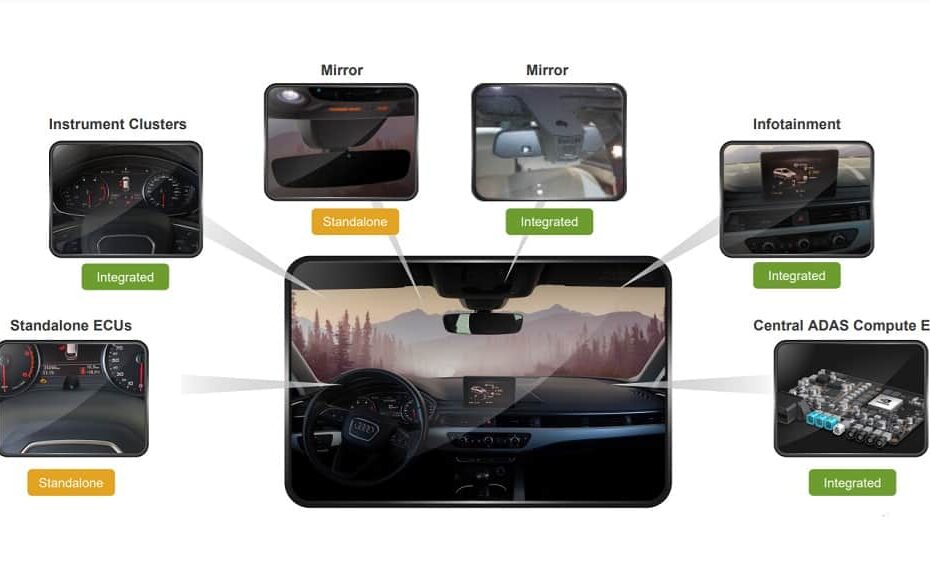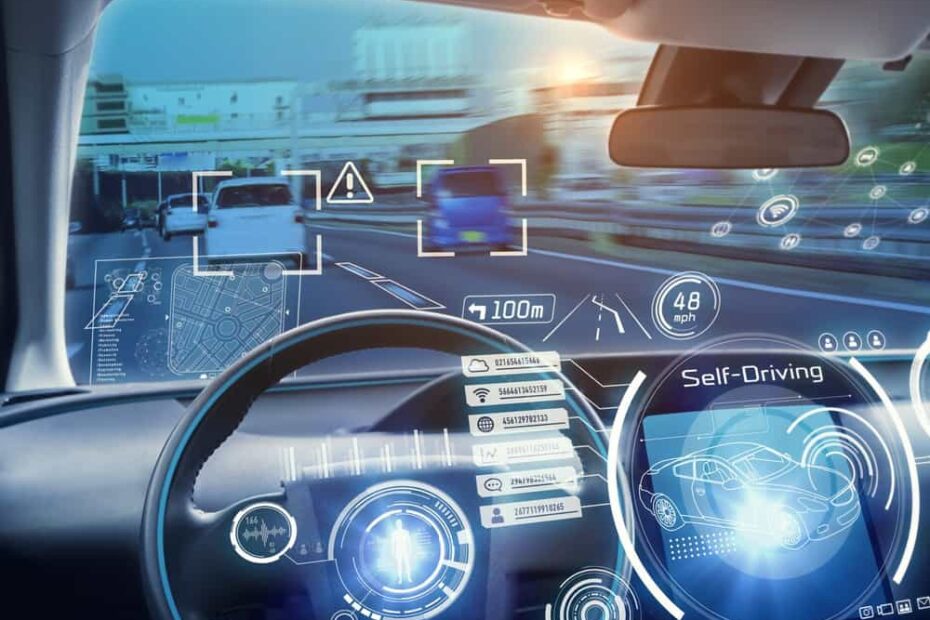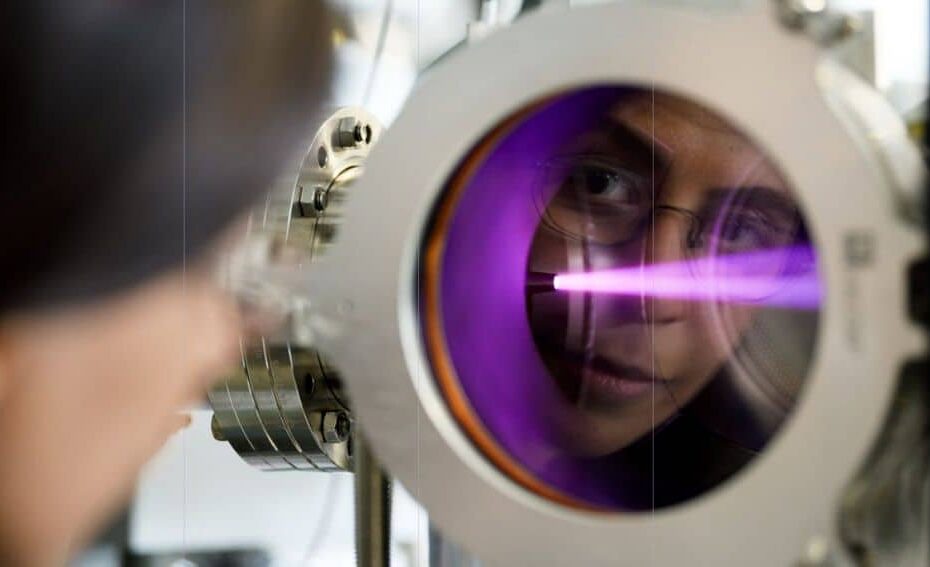[Editor’s note]
At CES 2022 this week, driver monitoring systems (DMS) are adding a wrinkle to the escalating ADAS/AV SoC race. The competition is driven by urgency among OEMs to integrate efficient and effective in-cabin monitoring systems at lower cost.
Carmakers are scrambling to meet the challenge of the five-star DMS safety rating system set by the European New Car Assessment Program (Euro NCAP). The European organization is making DMS a de facto requirement for new models launched on the European market by 2023.
Joining forces to enable DMS are semiconductor suppliers ranging from Texas Instruments, NXP Semiconductors and Qualcomm to Renesas, Xilinx, Omnivision and Ambarella, in addition to DMS software/algorithm developers including Seeing Machines, Cipia, Jungo and Xperi.
Ambarella announced this week in Las Vegas that it is bringing Seeing Machines’ occupancy monitoring systems (OMS )and DMS to Ambarella’ CV2X family of edge AI perception SoCs. Seeing Machines also unveiled it has developed a DMS technology plug-in kit for the Snapdragon Automotive Development Platform.
Meanwhile, Omnivision, who also teamed with Seeing Machines, came up with a DMS/OMS implementation that differs from others. Colin Barnden, lead analyst of Semicast Research, calling Omnivision’s move “really clever,” explained hat Omnivision has “optimized an image signal processing (ISP) for the company’s new 5 Megapixel imager and licensed the Occula neural processing unit (NPU) from Seeing Machines to create an ASIC processor for DMS and OMS.”
Clearly, there are many ways to implement DMS, from adopting a hardware-agnostic approach by running DMS software on any given hardware to designing an application-specific Neural Processor Unit. Barden described the Ominivision/Seeing Machines ASIC as “about as customized as a system design can get.” It marks “the polar opposite of ‘hardware agnostic’ design, which requires much higher performance processors (typically Nvidia) and is power inefficient, thus creating a lot of heat.”
The Ojo-Yoshida Report last month had a spirited discussion in our podcast with Barnden on why carmakers need DMS, and what’s behind Euro NCAP’s recently published DMS protocol.
We are bringing to this week’s Ojo-Yoshida Report Seeing Machines’ leaders who are sharing their views and insights as to what they see as technical challenges ahead for carmakers to embed DMS into their vehicles.
The DMS Embedding Challenge
By Timothy Edwards, co-founder, strategic advisor and former CTO; Rodney Stewart, strategic advisor and former chief engineer; Alif Wahid, Ph.D., senior staff core technology architect at Seeing Machines
Introduction
The automotive electronics market is characterised by high volume, high reliability and a supply chain that is in the ruthless pursuit of driving costs down. Any electronics that makes its way into a vehicle platform of even the most modest volumes, no matter the end user or the function, will have been custom designed, with a focus on cost optimization of the software and hardware components while still maximising performance and ensuring safety. This is the automotive embedding challenge.
High Performance Embedding is a technical discipline that Seeing Machines takes as seriously as algorithms or optics and we recognize it as the key to product scalability. After all, having industry-best algorithms and optical solutions means little if the ability to execute those algorithms comes at a prohibitive cost.
It was five to six years ago that camera based Driver Monitoring Systems (DMS) first entered into the common lexicon within automotive circles. By industry timelines, where programs typically take three or more years to execute, this is akin to the blink of an eye. With these timescales in mind, we highlight how suboptimal SoC products (that also take multiple years to develop) have been attempting to serve the DMS market with designs that have not benefited from the foresight and detailed knowledge of how DMS and (more recently) OMS (Occupant Monitoring Systems) solutions need to work.
In this paper, we reflect on some of the challenges that we have faced in the embedding discipline, and discuss our strategic approach (including our motivation and approach) to our Occula NPU design.
To continue to read the whole white paper, please download the PDF below.
Read More »DMS: The Experts’ View 
